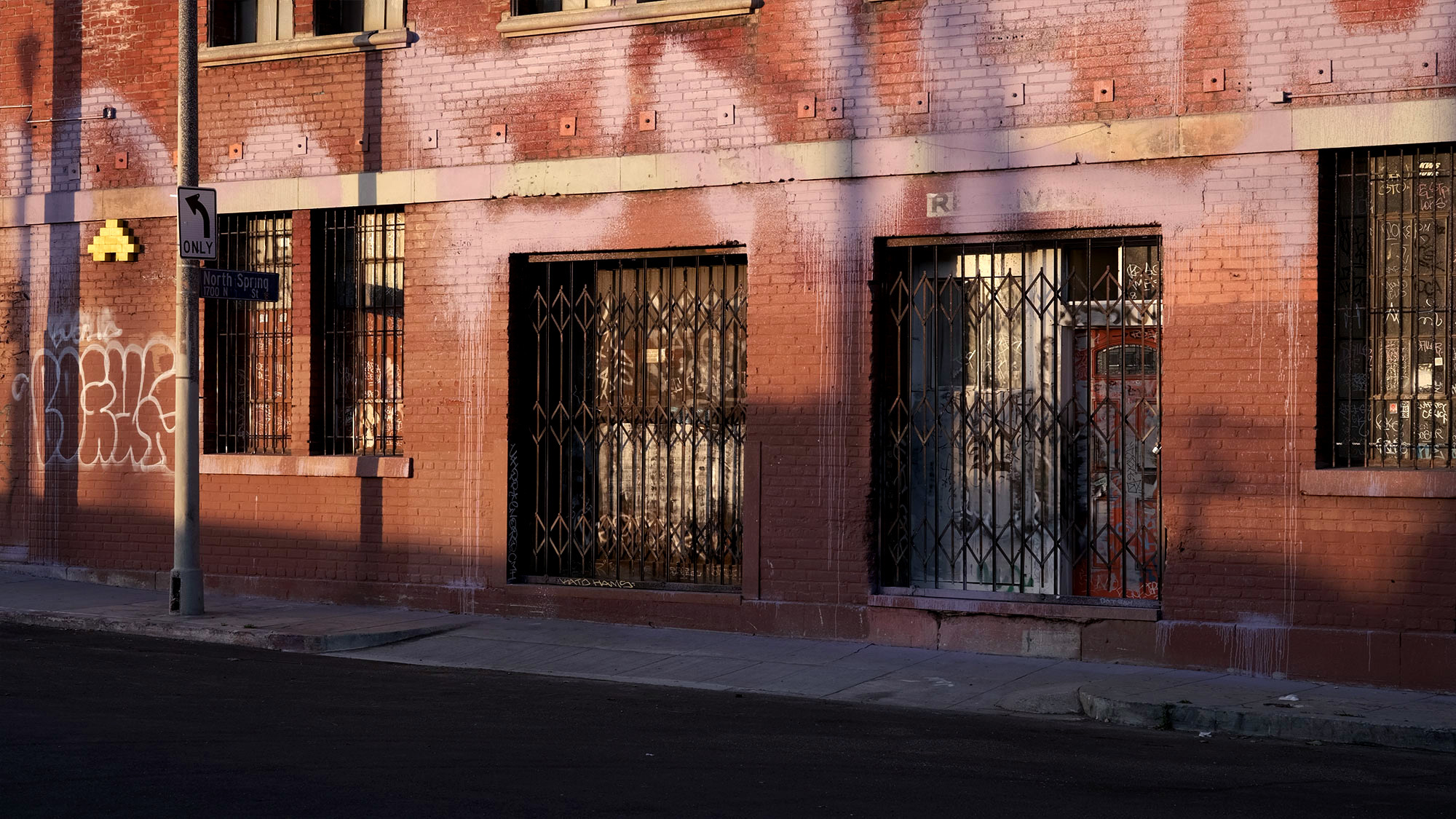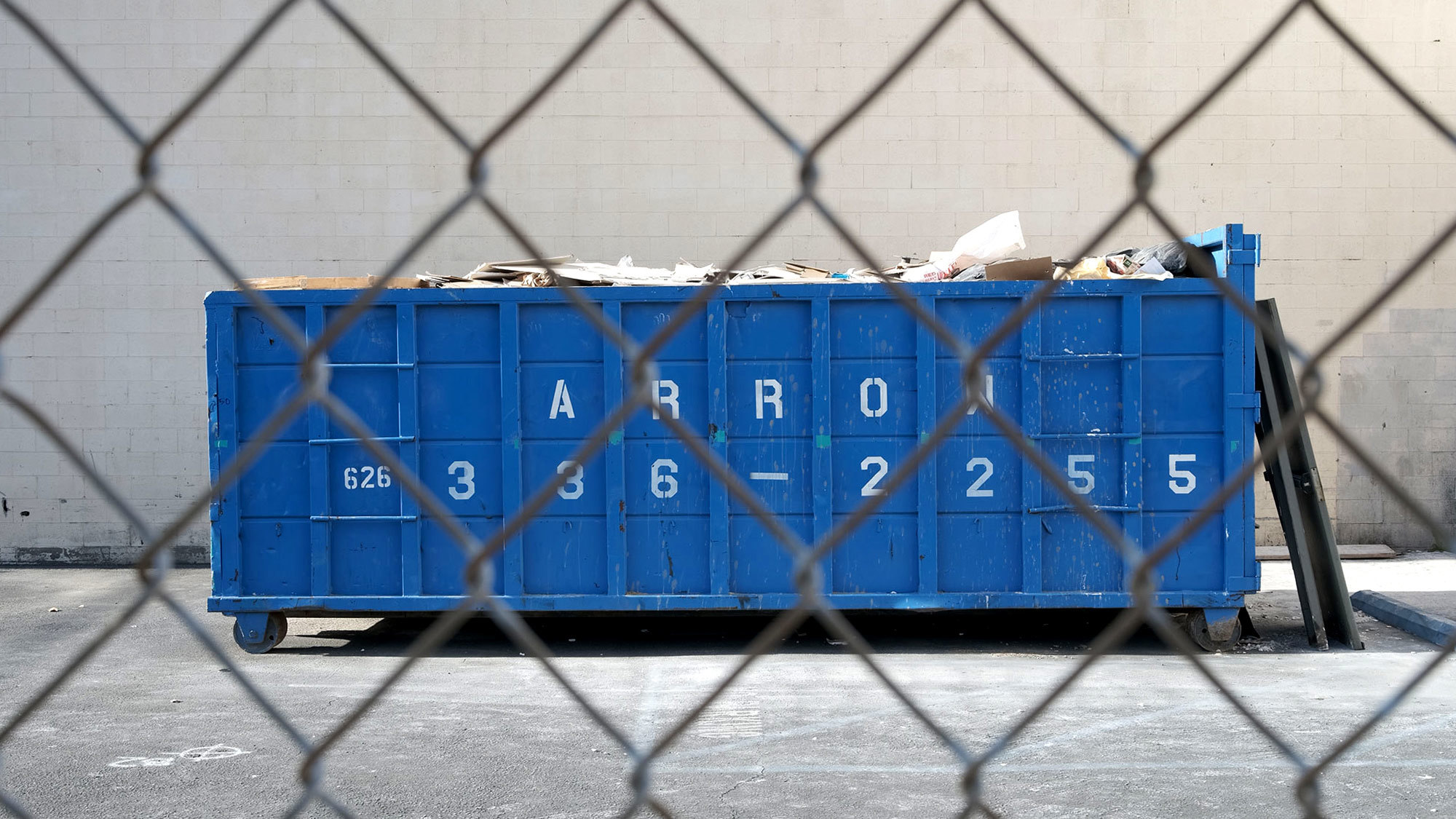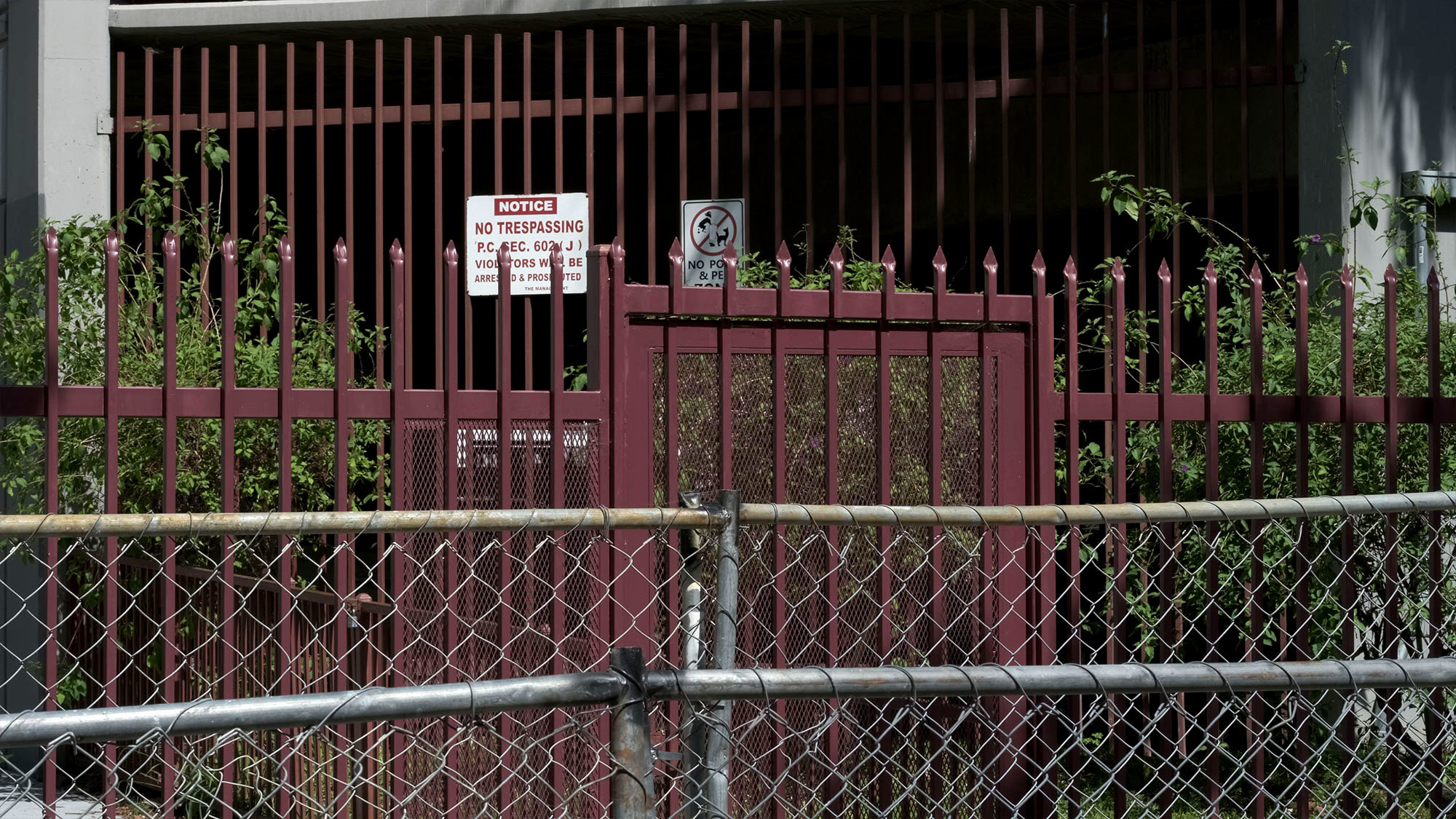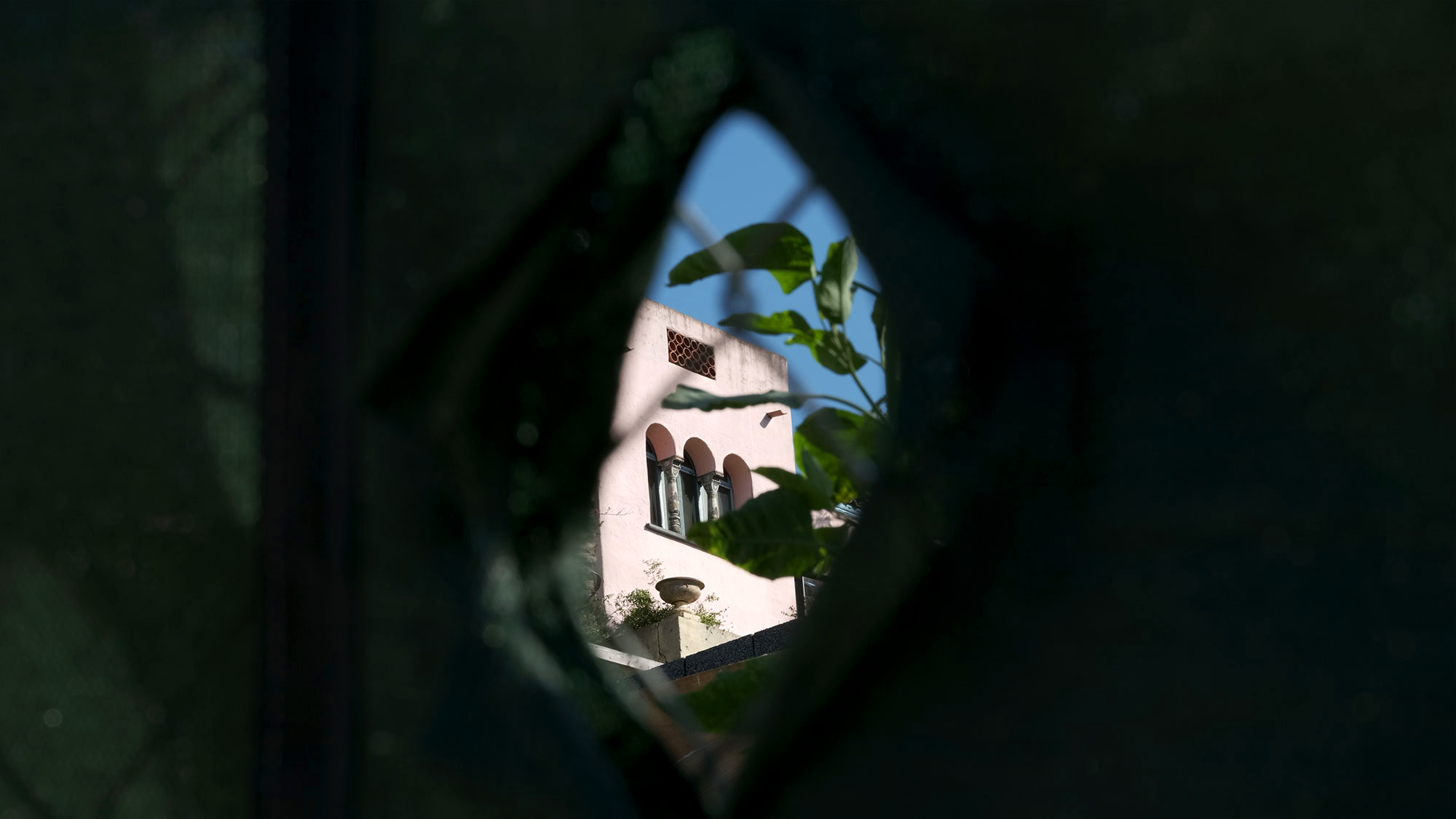Queer Perspectives in Architecture Filmmaker John Ira Palmer Discusses Oeuvre
John Ira Palmer is a producer, director, and writer. He is a founding partner of Projected Picture Works, created with industry veterans Sean Penn and John Wildermuth and focused on developing and producing feature films and series. John’s experimental 16mm and super-8 short films have screened at venues such as REDCAT, Blum & Poe, and Pacific Film Archive. He has curated film series and programs for American Cinematheque, Echo Park Film Center, and San Francisco Art Institute. Past residencies and fellowships include Film at Lincoln Center’s Artist Academy at the New York Film Festival, Echo Park Film Center’s LA AIR program, and AICAD’s New York Studio Program, and awards include the ARRI Emerging Filmmaker Grant, the James Broughton Film Award, and a Princess Grace Foundation Film Honorarium.

John Ira Palmer on the set of Elwood Takes a Lover, Photo by Gracie Corapi
In reviewing your work, I picked up on a few potential film inspirations (Kenneth Anger, Chris Marker, Maya Deren, for example). Who or what have been some of your influences in your development as a filmmaker?
I think you’re right on point, and I’m honored to hear you identify that lineage to the great experimental film pioneers. All three of those people have inspired me greatly, though I won’t pretend to have mastered filmic language in the ways they did. I’ve heard people say it takes a long time for your talent to catch up with your taste, and I’m definitely still on that journey. I have two modes of practice when making films. One is in the narrative and often commercial space, and the other is in the more personal, experimental realm, so my influences are varied. Some of the filmmakers whose work has inspired my own include Gunvor Nelson, Marlon Riggs, George Kuchar, Ernie Gehr, Lewis Klahr, Gregg Araki, Stanley Kubrick, Lynne Ramsay, and I could go on and on. For this new short film in particular, I was inspired by the recent Romanian film Bad Luck Banging or Loony Porn, directed by Radu Jude, with its cheeky blend of humor and serious social commentary, and specifically the middle section of that film in its boisterous, collage-like structure. I also revisited Thom Andersen’s staggering essay film Los Angeles Plays Itself, as well as several location-focused observational films by James Benning and Peter Hutton. Again, I’m not claiming that my work approaches theirs, but it was certainly inspired by it. Outside of other films and filmmakers, I’m often led to an idea by unexpected encounters and observations when I’m out and about, and sometimes whatever ends up keeping me awake at night. I’m rarely bored, but some of my best inspiration strikes when I am. I definitely lean toward the intuitive, and once an idea crystallizes, I try my best to do right by it.

As a producer and director, how do each of these roles inform your practice? Can you talk about this within the contexts of Flag Day, Black Files, and Elwood Takes a Lover?
On one hand producing and directing are wildly different, but it’s almost inevitable that they overlap and it’s rare that a director isn’t involved in the producing side of things, if only informally. Of the three films you mentioned, Elwood Takes a Lover was the only one that I both produced and directed, and the other two I was involved strictly as a producer. It’s worth noting that all three are commercially minded films with larger teams and budgets and the roles of producer and director do have important distinctions in that context, whereas with smaller experimental films those lines are often blurred, or the roles are one in the same. But I always try to think like a director when I produce and think like a producer when I direct, and when I’m doing both I’m probably just thinking too much. There are some who say a director should be shielded from the nuts and bolts in order to focus wholly on the creative side of things, but I think that undervalues the significant creative contributions of the producer and I don’t know a director on earth who doesn’t constantly have the bigger picture in mind. Both roles require endless creative problem solving, and I think the better you are at one the better you are at both. Every time I work on a film in any capacity, I’m learning and growing as a filmmaker and the influence of that really does translate across all forms of output. In film, we do our best to effectively communicate ideas, aesthetics, feelings, and stories to our audiences, and in different ways all three of those recent projects have really driven home for me the importance of considering those audiences throughout the process, even with more experimental work.

Some elements that you seem to emphasize in your directing work are sound design, humor, the role of space in human connection. What is your process like to determine the conceptual, material, and emotional frameworks for your films?
Wow, I don’t know if I’ve ever been able to think of throughlines in my work in such lucid terms, but you’re absolutely correct. Thank you. Those things are indeed important to me, and this new short film particularly draws upon all of them. My process varies from project to project, but one thing I’m always intentional about is trying to keep the original spark of the idea alive, the thing that excited me in the first place, even as the film inevitably evolves. I also really look to my own inner state of being and try to make work that reflects what’s going on in my head and heart at any given time, regardless of whether it’s a literal representation or not. These things help me sharpen my point of view and hopefully keep the work authentic to my voice as a filmmaker. Throughout all stages of a project, I think a lot about sound and image, where and how they overlap and diverge, and I try to be just as conscious of what’s omitted from the view of the film and its audience as what’s included.

What drew you to make Out of the Corner of Our Eye as a part of the Queer Perspectives series?
I grew up in a family of carpenters, so I was always around the actual building of structures, but not necessarily their design. I’ve never been all that well-studied in architecture, though I’ve always appreciated it and have definitely thought about how it shapes social structures and is shaped by them. When I began conceptualizing the film, I was researching queer architects throughout history and places that became centers of queer life, and I also started learning more about theoretical frameworks and concepts like queer space, including of course Aaron Betsky’s seminal text. I’d had a lot of adjacent thoughts, so this really expanded my view of what architecture means, and its interrelatedness to queerness. Growing up as a queer kid, I never felt totally safe being indoors with others, trapped in that way and often obscured from protective oversight. So, I spent a significant amount of time outdoors, with a preference for nature and the wild, though being outside comes with its own dangers too if you’re queer or perceived as being such. It was when I was older and openly queer, and when I first started entering places that were designated for or otherwise occupied by queer people, that I really began appreciating the importance of dedicated space. Of course, queerness is not monolithic and with all its intersectionalities, there has always been a diverse set of needs for various spaces. Someplace that feels comfortable and welcoming to me doesn’t necessarily have the same significance to another queer person. But we’ve been fortunate enough to have at the very least a broad assortment of spaces over time. As technology and the Covid-19 pandemic have radically shifted the value we place upon community spaces of all kinds, queer people have lost more of their physical social epicenters than ever before. And without as much of a need for alternative or fringe spaces for specific identities and interests, I fear that part of what’s unique or, let’s say, queer about us is also being appropriated by the mainstream that has traditionally oppressed us. As queer people, we’ve had to accept that along with progress and visibility and so-called freedom come commodification and assimilation and loss. So, I was feeling nostalgic and a bit mournful about the places in my own city of Los Angeles that had significance within queer circles but that had since been somehow lost, and then I honed in on spots that I wished I’d been able to visit, but for whatever reason never did or could. That’s where the concept for the film was born, and in its making I started wondering what queer space might mean or look like today and in the future, so I sort of integrated and distilled all of that into a film that’s a little bit documentary, a little bit collage, a little bit essay, and a little bit poem. Basically, I wanted to share some of the conflicted feelings I’m having in this time of massive change while highlighting in a micro way some of Los Angeles’s queer history as it relates to time, place, and physical space. My hope for the film is that it’s fun and sad and a bit transgressive.
I’d be remiss if I didn’t acknowledge that I had an incredible collaborator in Tag Christof, a friend and photographer who ended up becoming the film’s cinematographer and sharing producing duties with me. The film as it stands wouldn’t exist without him. He and I spent many hours talking it through, researching and visiting locations to feature, and refining the stories and points of view I wanted to espouse. What the film became, or at least its strengths, are largely attributable to his care and thoughtfulness. Having a chance to collaborate with him, as well as our narrator River Gallo and composer JR Schwartz, all friends and remarkable talents, inspired me and the film immeasurably.

In addition to directing and producing, your career spans experimental filmmaking, education, activism, documentary, and curation/programming. How do your experiences in each of these disciplines shape the work you are making moving forward?
For better or worse, I’m a complete workaholic, so in everything I do I try to make sure it’s something that I enjoy and that hopefully adds value to the world. To me, it’s all part of the same existence, so it’s hard to parse out exactly what informs what. Across all the things you listed, they definitely shape one another and in often surprising ways. I might be working on a cut of a film that somehow reveals something, an emotional truth or formal clarity, that I’m able to carry with me into community service, for example, and vice versa. In practice, all of these disciplines depend upon collaborations with others to create an effective end result. Whether I’m making or sharing films, teaching, or trying to help others, the uniting theme for me is our interconnectedness as humans, and all the beauty, pain, and absurdity therein. I imagine that will always be at the heart of my work in any field.